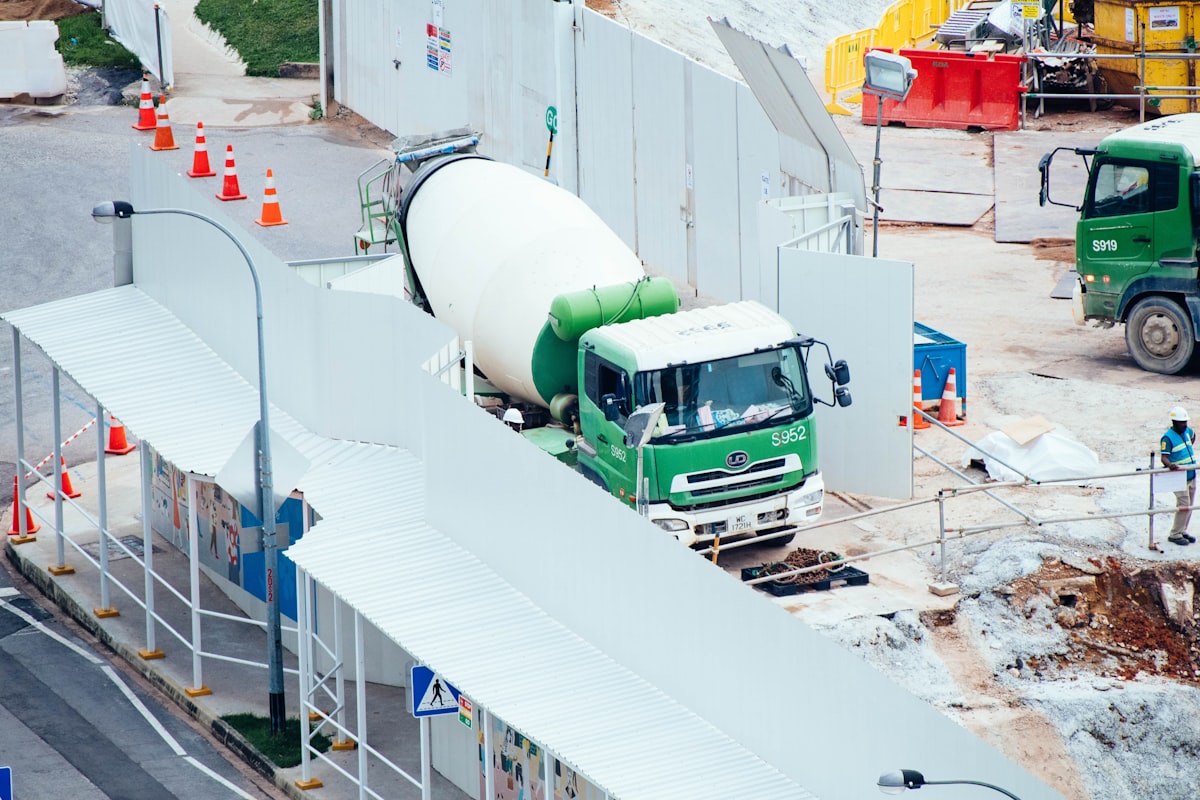The Supply Chain's Role in Cement's Carbon Footprint
The cement industry, responsible for 8% of global CO2 emissions, faces a pressing need for decarbonization. Dive into the supply chain's role in this carbon-intensive sector and the challenges in reducing its environmental impact.

The construction industry is a cornerstone of modern civilization, with cement playing a pivotal role as a primary ingredient in concrete. However, the production of cement comes with a hefty environmental price tag. As the world grapples with the challenges of climate change, understanding the carbon footprint of cement and its supply chain becomes crucial.
- Source: Science Based Targets Initiative
The supply chain's contribution to these emissions is multifaceted. From the extraction of raw materials to transportation and the energy-intensive process of clinker production, every step has an associated carbon cost.
Raw Material Extraction and Transportation
Limestone, the primary raw material for cement production, is widely available. However, its extraction involves significant earth-moving activities, leading to emissions from heavy machinery. Once extracted, transporting limestone to cement plants further adds to the carbon footprint, especially if the distances are vast.
Clinker Production
The heart of cement's carbon problem lies in the production of clinker. When limestone is heated in kilns to produce clinker, it releases CO2. This process, known as calcination, is inherently carbon-intensive and accounts for a significant portion of the industry's emissions.
Energy Source
The choice of energy for heating kilns is another critical factor. Many cement plants rely on coal, one of the most carbon-intensive fuels. Transitioning to alternative, greener energy sources can significantly reduce emissions.
Supply Chain Complexity
The cement supply chain isn't just about raw material sourcing and production. It encompasses packaging, distribution, and the construction processes where cement is used. Each stage offers opportunities for emissions reduction but also presents unique challenges.
Challenges and the Way Forward
Reducing the carbon footprint of cement is no small task. It requires innovations in production technology, shifts in energy sourcing, and a rethinking of the supply chain. Companies are exploring carbon capture and storage, the use of alternative binders, and the incorporation of waste materials as potential solutions.
Collaboration is key. Cement producers, suppliers, and construction companies need to work together, sharing best practices and investing in research. Only through collective action can the industry hope to achieve significant reductions in its carbon footprint.
In conclusion, while the challenges are immense, the cement industry's role in global emissions means that its decarbonization is essential. With concerted efforts, innovation, and collaboration, the industry can pave the way for a more sustainable future.




Comments ()